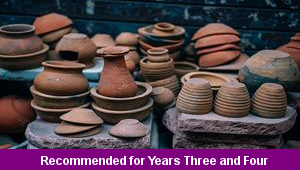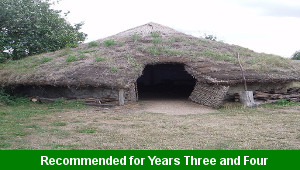Lesson Two – Comparing Masses

This maths teaching pack for Key Stage Two gets the children to practise using the symbols for greater than and less than to compare pairs of masses that have been recorded in measurement units for grams and kilograms.
The class can explain how to convert measurements in grams and kilograms to the same units so that their masses can be compared correctly.
Download this teaching pack including a lesson plan, classroom activities and an interactive presentation to practise using the symbols for greater than and less than to compare pairs of masses that have been recorded in measurement units for grams and kilograms
Activities in this teaching pack include a differentiated set of worksheets to record how to use the symbols for greater than and less than to compare and convert a range of different masses that have been measured and listed in matching set of grams and kilograms.
The interactive presentation gets the children to explore how to use the symbols for greater than and less than to compare masses in grams and kilograms.
This lesson is part of a maths scheme of work to get the children to solve a selection of contextual problems by comparing and converting between different units of measurement for mass, length and capacity. There are teaching activities for shared learning, differentiated worksheets to support independent learning and interactive presentations to introduce concepts and key skills.
-

Cities, Towns and Villages
Research and present the history of a range of different buildings and people that are part of the local community using a school exhibition
-

Recycling
Research and present some of the benefits and disadvantages that can be produced when recycling different materials at home and in school
-

Viking Pots
Develop and refine a range of different art and design techniques when working with clay to make pots that represent Viking culture and traditions
-

Bronze Age
Research and illustrate how life in Britain developed and changed during the Bronze Age including the growth of communities and trade
